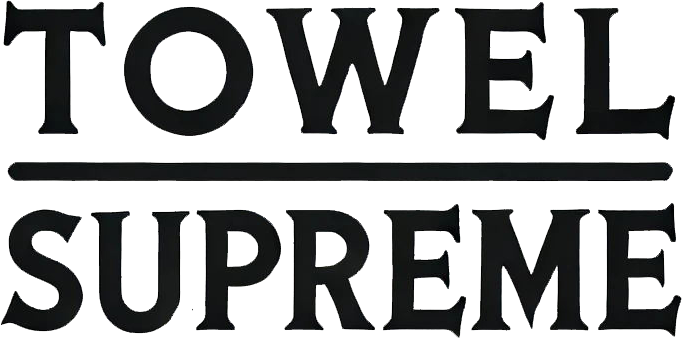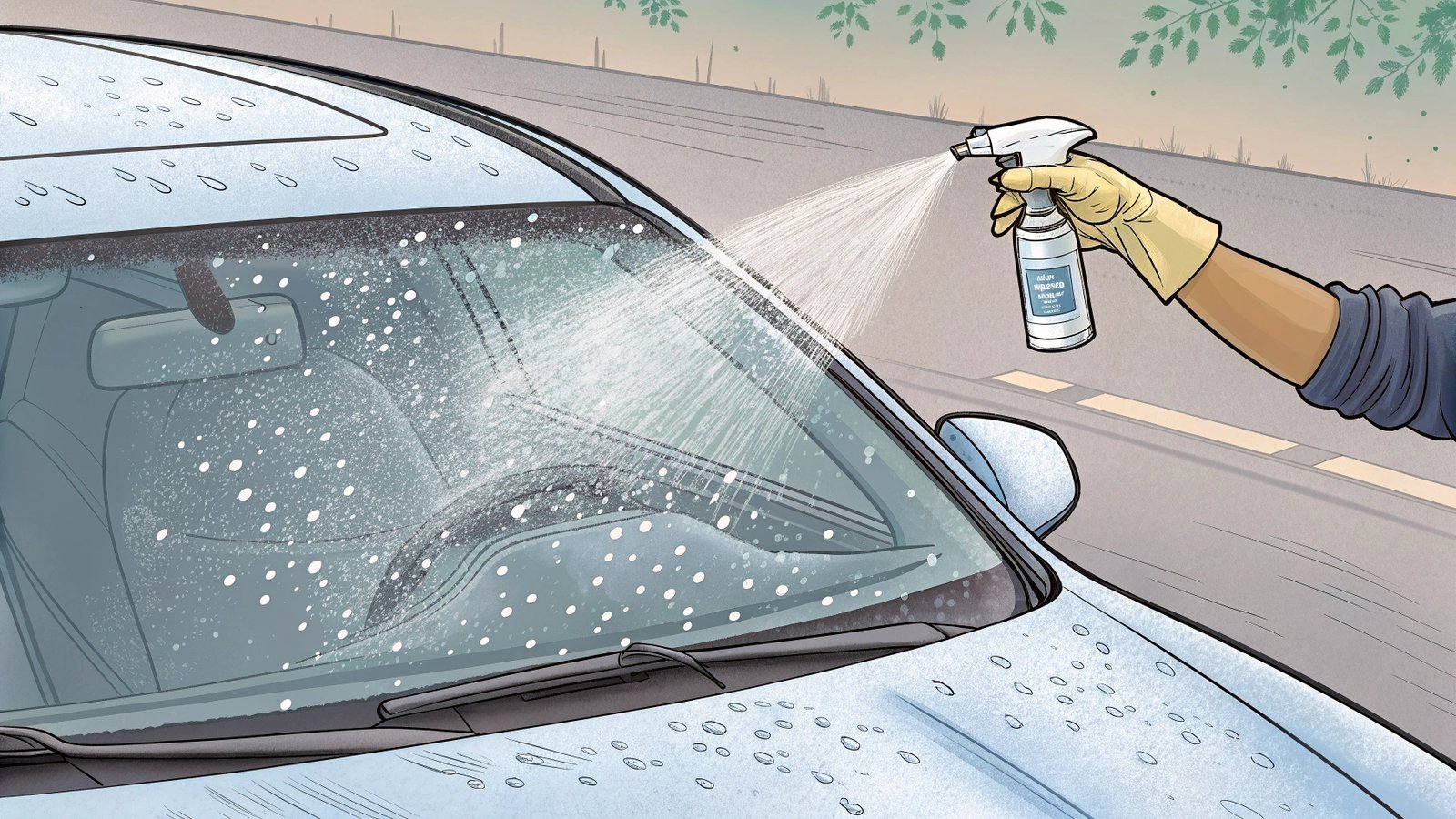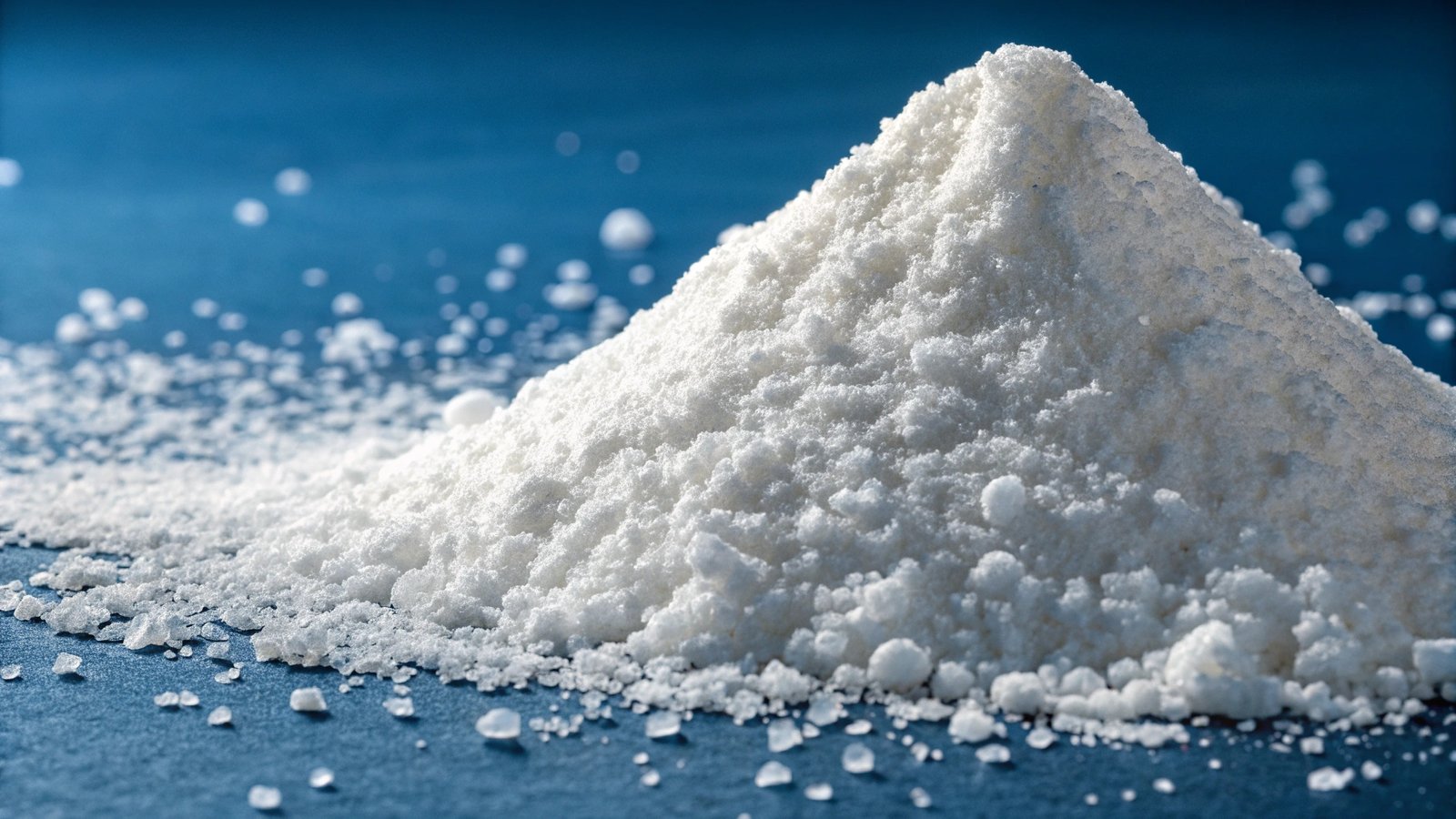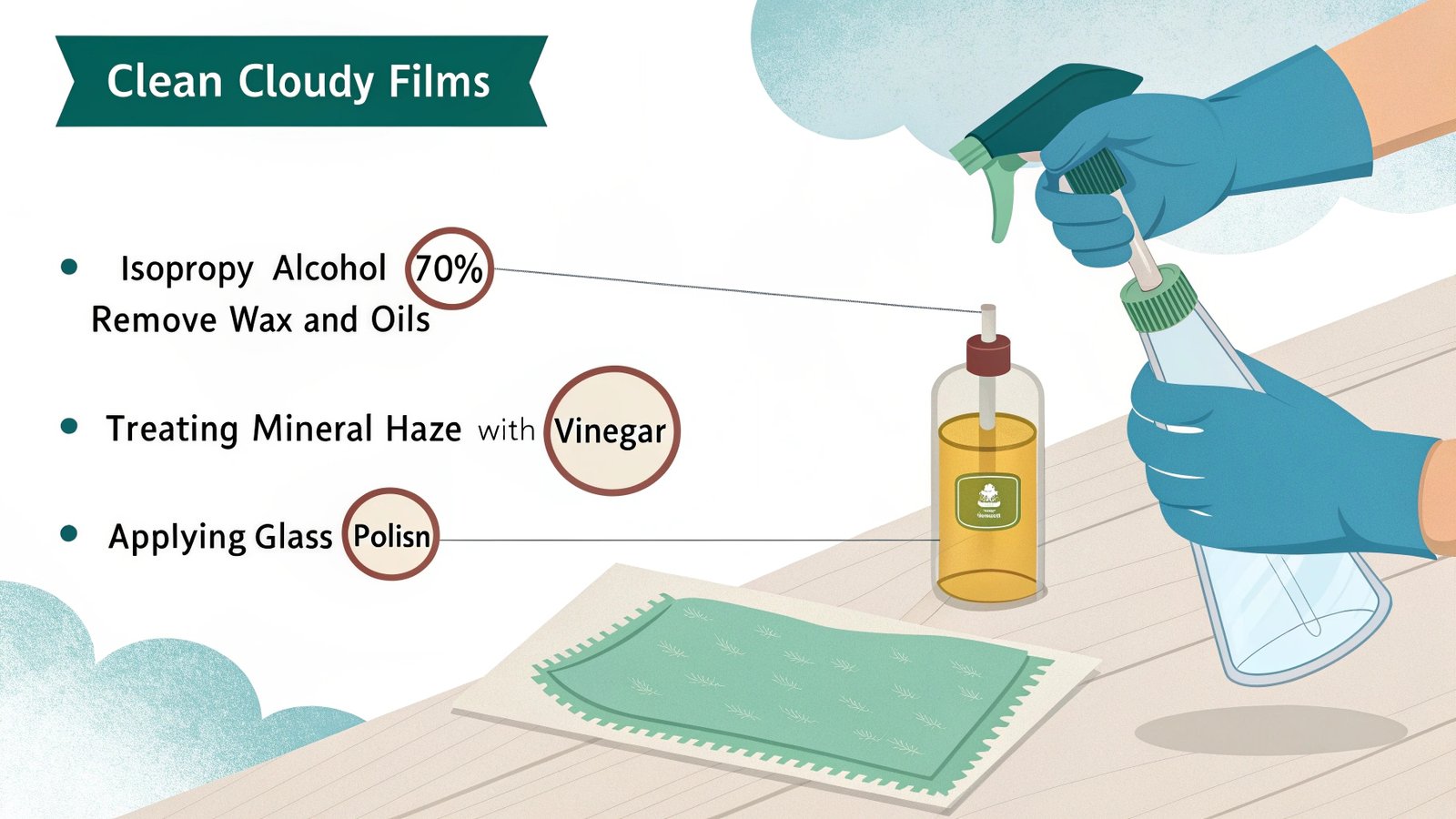Those annoying white streaks make your windshield look dirty no matter how often you clean it. Worse, they can create dangerous glare when driving at night.
White marks on windshields are typically mineral deposits left after water evaporation. The safest removal method uses white vinegar (1 part) mixed with distilled water (1 part). Spray, wait 5 minutes, then wipe with a high-quality microfiber towel for streak-free results.
I learned this the hard way after ruining two towels trying to scrub off deposits. The acid in vinegar dissolves minerals without harsh chemicals that could damage glass. Now let's solve specific versions of this common problem.
How Do I Get White Stains Off My Windshield?
You notice the stains most when sunlight hits your glass just right. They seem to reappear days after washing your car.
For fresh white stains, use distilled water and microfiber cloth first. For stubborn deposits, apply vinegar mixture and gently agitate with a soft brush before wiping. Always dry thoroughly to prevent new marks.
There are three main types of white stains with different treatments:
| Stain Type | Cause | Best Removal Method |
|---|---|---|
| Water spots | Recent evaporation | Distilled water rinse |
| Mineral deposits | Repeated hard water exposure | Vinegar solution |
| Waxy residue | Incorrect cleaners | Rubbing alcohol wipe |
The trick is identifying what you're dealing with. Hard water marks feel rough when you run a fingernail across them. Wax residue smears when touched. I keep all three solutions in my garage for different situations.
What Is the White Stuff on My Car Windshield?
That crusty film seems to grow worse every week. It's not dirt - regular washing doesn't remove it.
The white substance is primarily calcium carbonate from evaporated water. Other minerals like magnesium and silica contribute to the buildup. In coastal areas, salt crystals may also be present in the residue.
Here's why this matters for removal:
- Calcium deposits bond strongly to glass
- Different minerals require specific pH levels to dissolve
- Some commercial cleaners can worsen the problem
After testing six products, I found vinegar works better than most specialized cleaners. The acetic acid reacts with calcium carbonate without harming glass treatments. For extremely thick deposits, a paste of baking soda and vinegar can help lift the crust.
How Do I Remove Calcium Deposits From My Windshield?
Those chalky white rings seem impossible to eliminate. Standard glass cleaners just spread them around.
For calcium removal, use undiluted white vinegar applied with a soaked towel for 10-15 minutes. Gently scrub with 0000 steel wool if needed, then rinse thoroughly. Repeat weekly until deposits disappear completely.
Three factors determine your success:
- Contact time - Vinegar needs minutes to break bonds
- Mechanical action - Soft agitation helps penetration
- Prevention - Drying glass after washes stops new deposits
I made these mistakes initially:
- Rinsing vinegar off too quickly
- Using paper towels that left lint
- Not retreating reappearing spots
Now I keep a dedicated windshield towel in my cleaning kit. It's marked so I never accidentally use it for wax or other chemicals that could transfer to the glass.
How Do I Get the Cloudy Film Off My Windshield?
That hazy layer turns headlights into blinding starbursts at night. Regular wiper fluid makes it worse.
Cloudy films require deep cleaning with isopropyl alcohol (70%) first to remove wax and oils. Follow with vinegar treatment for any remaining mineral haze. Finish with a proper glass polish for long-lasting clarity.
Prevent the film's return by:
- Using ammonia-free cleaners
- Changing wiper blades quarterly
- Applying rain repellent treatments
The film often comes from three combined sources:
- Old wiper fluid residue
- Wax overspray from car washes
- Environmental pollutants
I solved my nighttime visibility issues by doing this full cleaning monthly. The extra effort keeps my windshield crystal clear between regular washes.
Conclusion
White windshield marks come from minerals, wax, or pollution. Vinegar, alcohol, and proper drying prevent and remove these visibility.





